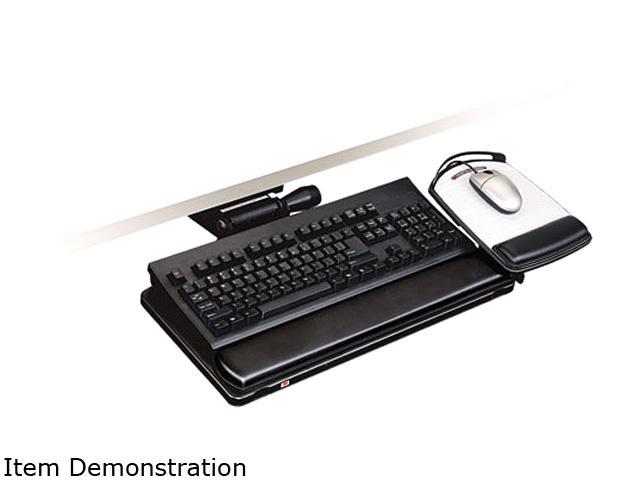Communications technology has enabled the U.S. military to move data rapidly around the globe and provide commanders with the ability to monitor and maintain nearly constant communication with subordinates. However, this capability has the potential to tempt them to over-centralize control of operations, which can in turn erode the trust, initiative, and creativity of tactical-level decision makers. Each service’s doctrine recognizes this potential, yet the Air Force alone insists on a tenet of “centralized control.” In a complex environment where adaptive adversaries will adopt asymmetric methods to circumvent U.S. strengths, communication nodes and C2 systems may become critical vulnerabilities. The Air Force must recognize the need to embrace a degree of decentralized control and resource aircrews with the ability to directly gather information needed to make decisions. MASINT may inspire opportunities to field advanced sensors on combat aircraft, but more importantly, these new tactical sensors must be integrated into the broader ISR system and become so common that future Airman no longer refer to the implementation of such sensors as “Non-Traditional” ISR. These sensors could enable tactical-level decision makers to exploit the distributed nature of air operations and work towards the strategic ends of a centralized command, in an environment where adversaries will likely attempt to degrade U.S. information superiority.















